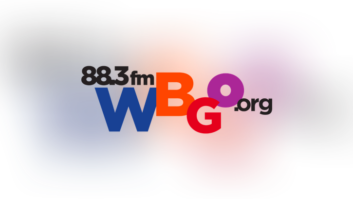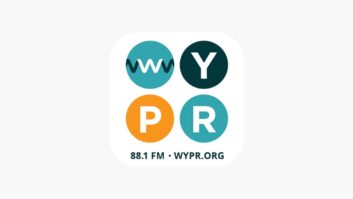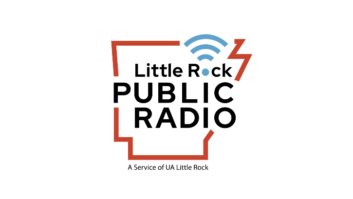iHeartMedia is telling its clients about a new digital data ad product called SmartAudio.
This is a feature of its SoundPoint programmatic offering. The company says the feature “combines the massive scale of broadcast radio with the power of digital data and more informed audience targeting.”
In 2015, iHeartMedia launched SoundPoint, a programmatic and automated ad buying solution for its broadcast radio stations, built on cloud technology from supplier Jelli.
“SmartAudio provides brands with even more effective ways to reach their audiences,” the company said in an announcement. “iHeartMedia can now mine its unparalleled digital data from more than 95 million registered iHeartRadio listeners, along with leading second and third-party digital data, consumer and behavioral resources and social networks, to create robust audience segment profiles — including Millennials, auto intenders, mothers and more.”
Advertisers can use these “enhanced profiles” to choose broadcasting schedules and methods to reach targeted consumers. “By utilizing the product’s capabilities, brands will receive the massive scale of broadcast radio and the targetability of digital.”
According to the announcement, the company said it has developed approximately 700 SmartAudio audience segment profiles, “and will continue to create more based on advertisers’ requests.”
An interesting feature of the system is that advertisers can use “dynamic ad creative” that uses triggers to deploy various messages based on what’s happening in a given market at a given moment. It cited the examples of weather, pollen counts, sports scores and mortgage rates.
“Now, with radio ads, brands will be able to dynamically serve the most relevant message in each market at each moment just as they have done with digital to ensure increased relevance and impact. For example, advertisers can serve one message in Los Angeles when it’s sunny, a different message in New York when it’s snowing or even a different message in the same market later that day when the weather changes automatically without any back-end work on their part.” An ad could vary based on whether the local sports team won or last the night before.
The announcement was made by Tim Castelli, president of national sales, marketing and partnerships.







